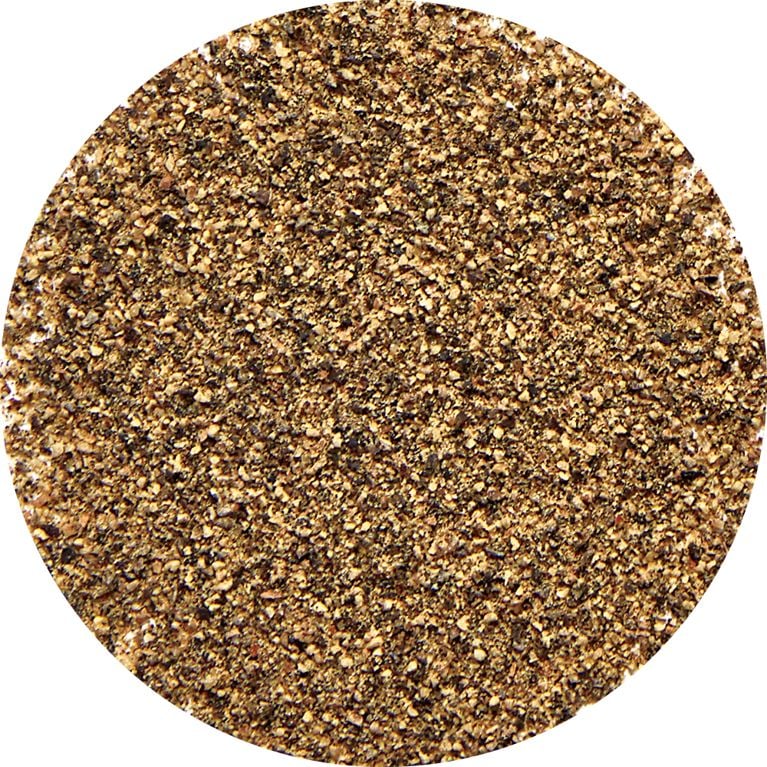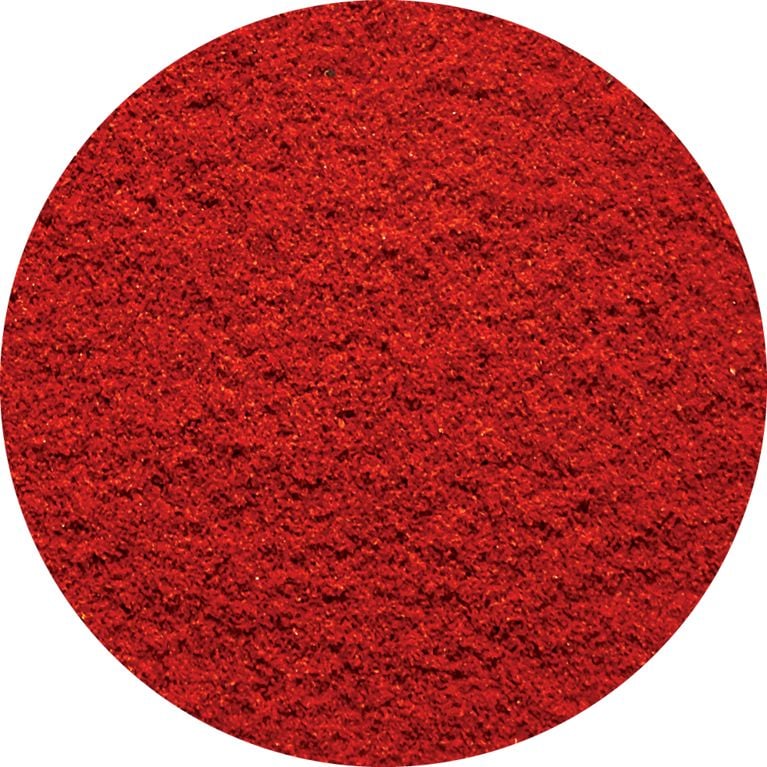Get To Know Your Spices

Cayenne
Originating in Central and South America, cayenne pepper powder adds a fiery kick to any dish. Used in a variety of recipes, from chili to blackened chicken, cayenne is packed with vitamins and minerals, and has cancer fighting properties.

Chili Powder
Chili powder is a distinctly Tex-Mex blend, with origins in Texas, that consists of cumin, garlic powder, onion powder, paprika, oregano and pepper. The ratio of spices varies among manufacturers. It’s commonly used in chili and in rubs for grilled meat.

Ground Allspice
Made from the dried berries of the Pimenta dioica tree and native to the West Indies, ground allspice is fragrant and peppery, with notes of nutmeg, cinnamon and cloves. Used in both sweet and savoury dishes, it’s a key flavour in jerk seasoning.

Ground Black Pepper
With a woody aroma and subtle heat, ground black pepper—from peppercorns that are native to India’s Malabar Coast—is the most consumed spice in the world. Known as the “king of spices,” it was a symbol of the elite class in ancient times.

Ground Cardamom
Distinctly floral and sharply flavoured, ground cardamom comes from the inner seeds of cardamom pods, which are indigenous to Sri Lanka. It tastes similar to ginger and cinnamon, and is most famously used in masala chai. Chewing whole cardamom pods is said to aid digestion.

Ground Chipotle Pepper
Ground from dried chipotles, this powder is smoky and mildly spicy. Largely from Mexico, chipotle peppers are ripe, red jalapenos that have been smoked. Use it in barbecue sauces, as a steak seasoning or sprinkled on popcorn for a kick.

Ground Cinnamon
A versatile spice native to Sri Lanka, ground cinnamon is made by crushing the dried inner bark of the cinnamon tree. French traders in the 18th century cultivated cinnamon saplings in Réunion, Mauritius and Guyana, which popularized the spice in cooking. Commonly used in desserts, it’s also good in savoury dishes, like beef stew.

Ground Cloves
Intensely flavoured, with notes of warmth and bitterness, ground cloves are native to Indonesia’s Maluku Islands. Their history is also marked by trade wars between European empires. Ground cloves appear in Chinese five-spice powder, Vietnamese pho and some meat marinades.

Ground Coriander
Made from the dried seeds of the coriander plant that’s native to southwestern Asia, southern Europe and North Africa, ground coriander has a nutty, smoky flavour. It’s a popular ingredient in spice rubs for grilled steak, chicken, fish and veggies. It’s also used in Indian dishes, such as chicken tikka masala.

Ground Cumin
Created by crushing roasted whole cumin seeds, ground cumin is a popular spice in a variety of cuisines, including Indian, North African and Latin American. Ground cumin has a warm, earthy flavour that’s common in falafels, beef and lamb dishes, and taco seasonings.

Ground Ginger
Also known as powdered ginger, ground ginger has a citrusy, peppery flavour. Indigenous to southern China, the plant was brought to other parts of Asia, West Africa and the Caribbean and, in many cultures, is touted as a digestive aid. Ground ginger is used in salad dressings, vegetable dishes and curries.

Ground Nutmeg
Ground nutmeg is made from the seeds of Myristica fragrans, the evergreen tree native to Indonesia’s Banda Islands. Its history is linked to spice wars between traders. Nutmeg is commonly found in bread pudding and eggnog because it offers a sweet, nutty and spicy aroma.

Ground Turmeric
Ground from the plant’s root, turmeric powder is golden-orange and has been used in South Asian cuisine for nearly 4,000 years. Turmeric tastes earthy and slightly bitter, with a subtle ginger flavour. It’s often added to curries and sprinkled on veggies before roasting.

Smoked Paprika
With its distinctive smoky aroma and deep-red colour, smoked paprika can be mild or hot, and it’s typically imported from Spain. A little goes a long way when using this spice! Try it in recipes like lentil stew, seafood paella or shakshuka.

Sweet Paprika
Sweet paprika is just one variety of this dried red pepper mixture that’s native to Central America, South America and the West Indies. It’s mild, with a subtle sweetness; if a recipe calls for just “paprika,” it refers to the sweet one. The spice is commonly used in Hungarian goulash and on devilled eggs.

How to store your dry spices
Spices don’t expire, but their flavours deteriorate over time. Store small quantities in airtight containers away from heat, moisture and sunlight. Check freshness every few months by taking a sniff—if it’s no longer fragrant, discard it.
GET CHATELAINE IN YOUR INBOX!
Subscribe to our newsletters for our very best stories, recipes, style and shopping tips, horoscopes and special offers.